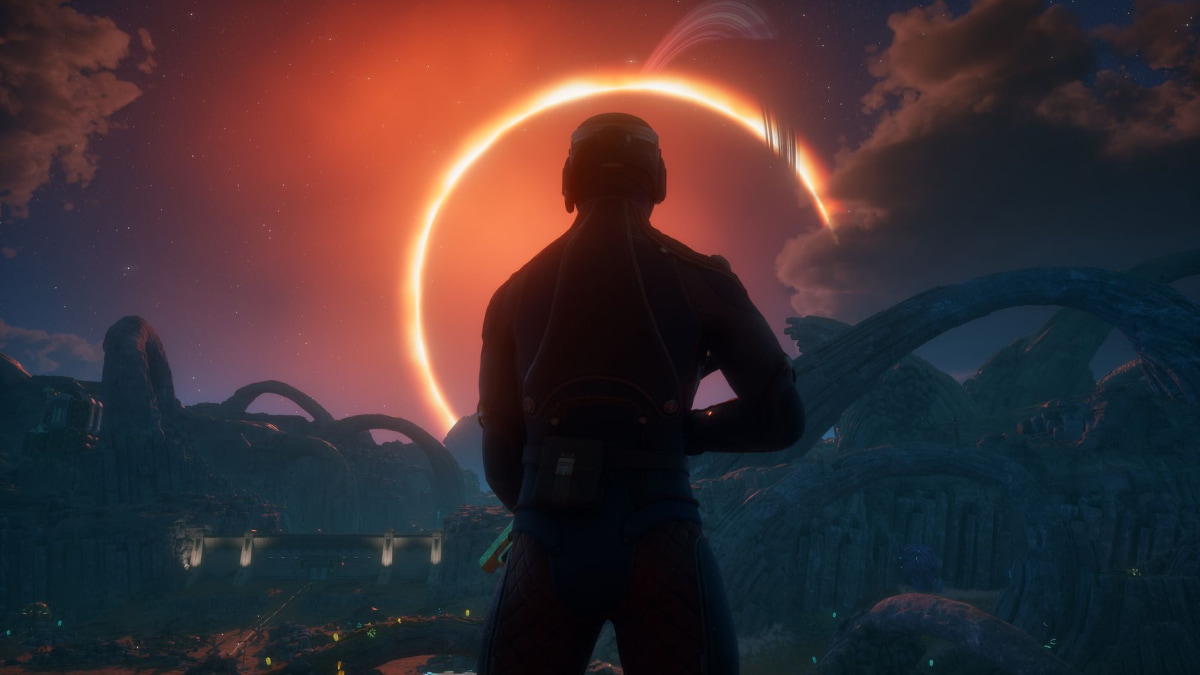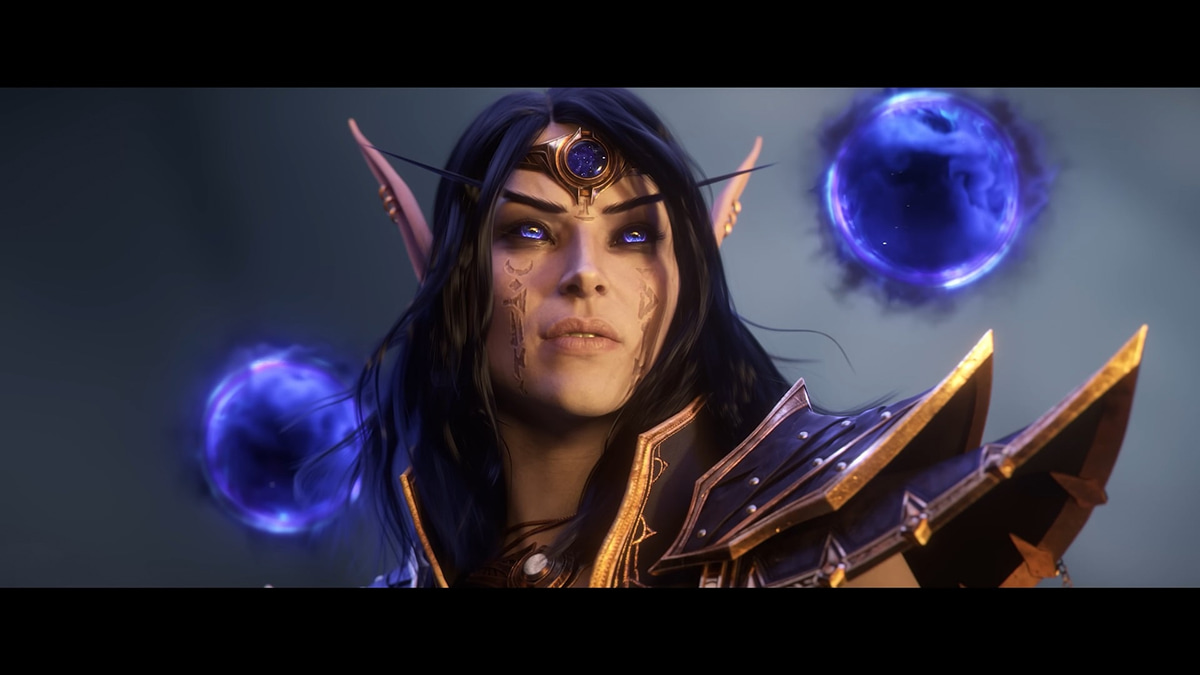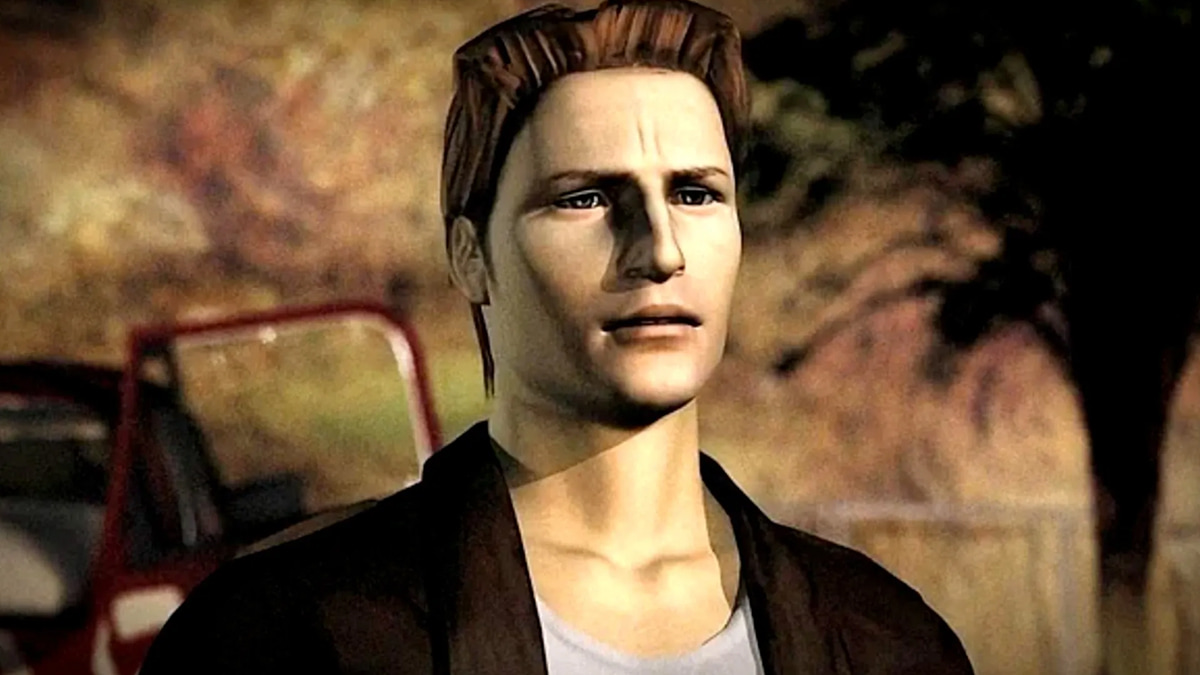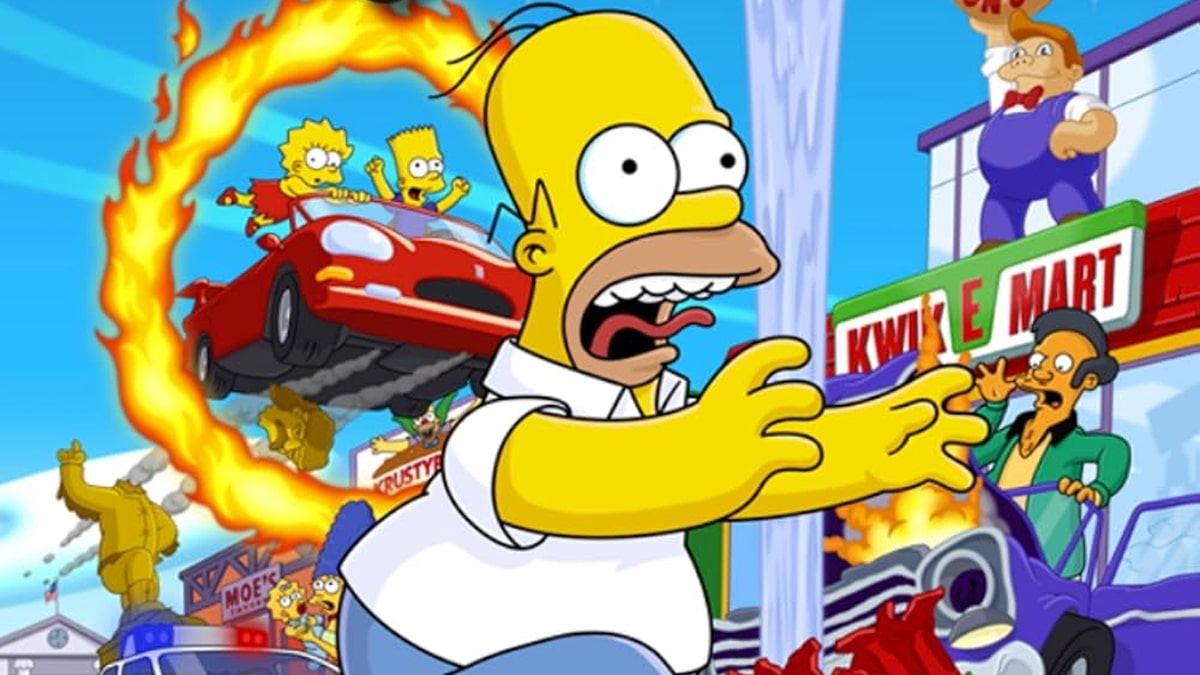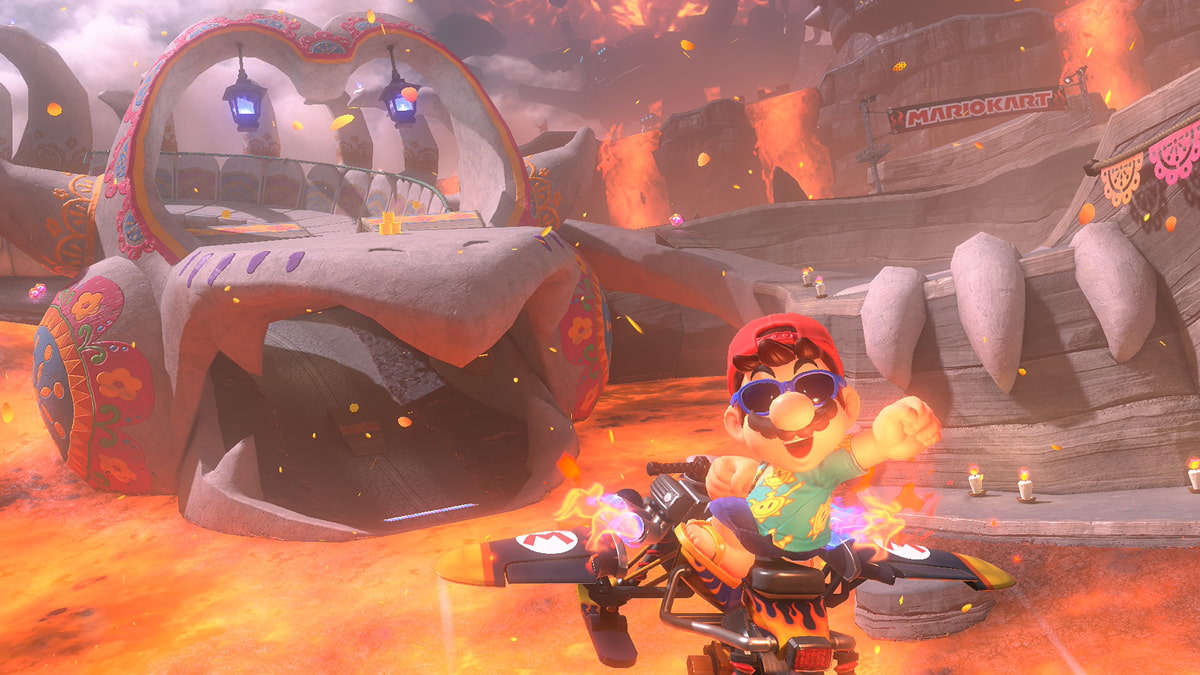You can trust VideoGamer. Our team of gaming experts spend hours testing and reviewing the latest games, to ensure you're reading the most comprehensive guide possible. Rest assured, all imagery and advice is unique and original. Check out how we test and review games here
There are times in your life that I like to call “Godfather moments”: times when you’re made an offer you simply can’t refuse. So when our esteemed editor propositioned me to fly out to Normandy and back on a Douglas DC-3 Dakota (the most iconic of all World War 2 transport planes), to see Company of Heroes, an RTS set in World War 2, and the latest game by the developers of Warhammer 40,000: Dawn of War, Relic, the only possible response was “Where do I sign?”
I braved the Wednesday morning rush hour on the M25 (the modern equivalent of rushing an MG-42 machine gun nest?) to meet with the PR chaps from THQ and the other journalists attending the trip at Biggin Hill Airport. It was quite a turn-out, with over twenty journalists from the UK (from publications as diverse as PC Gamer, Soldier Magazine, the Guardian and Loaded, plus the online games press) plus another twenty-odd journalists from around Europe all present and correct. There were so many of us in fact, we needed two Dakotas to ferry us all over the Channel – one for the Brits, and the other for the Europeans and the representatives from Relic.
There was a significant level of apprehension building on board as we approached take off. The DC-3 Dakota is a majestically beautiful plane, one of the prettiest to ever grace the skies, yet no-one present had ever flown in a plane this old (63 years) before. Thankfully, we weren’t handed parachutes as we boarded the plane, but despite the Dakota’s legendary reputation for reliability, I sat by one of the plane’s emergency exits. Just in case…
If all you’ve ever flown on are modern jet airliners, then nothing can prepare you for experience of flying in a propeller-driven aircraft from aviation’s Golden Age. The noise and vibration was incredible as the two Pratt and Whitney engines roared to full power and our DC-3 (affectionately known as a “Gooney Bird” by aviation enthusiasts) took to the sky. Apprehension melted away to awe as our ex-RAF Gooney soared seemingly effortlessly to a thousand feet, cruising serenely south-west for France.
The flight to Cherbourg took a little over an hour, giving our pilots the opportunity to perform an elegant aerial ballet, flying in a constantly shifting formation that gave everyone on board chance to take photos of our companion plane. Flying in formation with another plane is simultaneously a thrilling and nerve-wracking experience. First, you have the horrified reaction of “LOOK HOW CLOSE HE IS!” but once you get past that, it’s very hard not to be captivated by the grace and splendour of seeing one of these classic transport planes flying alongside you, practically within touching distance.
There was almost a palpable sense of disappointment when we touched down in Cherbourg – “To hell with the game, let’s do that again!” – though that was short-lived as we boarded coaches for St. Mere Eglise, where we were to have lunch and meet an American paratrooper from the airborne assault on the town on the eve of D-Day. The veteran claimed that he was the only paratrooper in history to ever “s*** himself twice” (metaphorically speaking)… firstly when he made the drop into the flak-filled Normandy skies, and secondly when he realised that they’d missed their intended drop-zone by several kilometres because of the bad weather. Even more eye-opening was discovering the reason behind his decision to join the paratroopers: Paratroopers got hazard pay of $50 a month over and above a soldier’s regular pay, which equates to a heck of a lot of beer when you realise that in 1944 it only cost 10 cents a pint…
After lunch we re-embarked on the coaches to take a trip to La Pointe du Hoc – a clifftop artillery position between the Omaha and Utah beaches, which was assaulted by a specially trained force of US Army Rangers before the D-Day landings, to prevent the guns being used to disrupt the beach attacks. La Pointe du Hoc is especially notable as it is one of the D-Day battlegrounds that the French government has tried to preserve in as close a condition as is possible to how it looked on D-Day, and is featured in the rather excellent Call of Duty 2.
As we walked across the cratered battlefield to the ruined Nazi fortifications at the cliff-face, I was reminded of the photos I’ve seen from the Apollo Moon landings – except here, there was grass instead of grey dust. A thunderstorm brewed off the coast, adding to the sense of foreboding, as we made our way to one of the ruptured concrete bunkers. “So, what do you think? Par four? Par five?” I joked with PC Gamer’s Tim Edwards, as we walked in the rain towards the cliff edge – the battlefield was so badly scarred with craters, yet felt so serene and sombre, you couldn’t help but be left with the impression that someone had gone nuts with explosives on a golf course, like the gopher-hunting Bill Murray in Caddyshack. Any sense of brevity disappeared when we surveyed the damage at close quarters, however. One of our tour guides demonstrated the scale of one of the largest bomb craters by standing at its bottom – I estimated that it was at least twenty-five feet deep and eighty feet across, even after sixty-two years’ worth of erosion smoothing the edges and refilling the hole. The damage to some of the bunkers was equally horrifying. Not only had one bunker been completely blown apart, but a 30 foot long piece of reinforced concrete (easily weighing 10 tonnes or more) had been thrown over 100 feet from where it had originally been attached to the structure: a terrifying example of destructive force.
With the weather closing in, we were forced to cut short our visit and had a brief stop on the coast at Omaha Beach before making our way to the American Cemetery at Colleville (as seen in the opening and closing scenes of Saving Private Ryan). The Colleville Cemetery was an incredibly moving place to visit. It’s impossible not to be effected by the sight of nearly ten thousand pristine white marble headstones, all laid out with such military precision that they seem to fall into perfect line and formation, no matter how or from where you look at them. The sheer scale of the graveyard was dumbfounding, especially when you tried to associate each headstone with the soldier they represented. The thunder and lightning returned with a vengeance as we walked reverently amongst the honoured dead, the hot, sticky rain and the echoing thunderclaps adding to the eerie, discomforting mood. As the rain fell, a few of us crowded around an observation point at the edge of the cemetery, overlooking Omaha Beach. By coincidence, it was low tide, mirroring the conditions when the Americans had made their D-Day landings on the morning of the 6th of June, 1944.
It was here that we were finally able to understand just what kind of a task the American invasion force at Omaha faced. From our vantage point of the clifftop, we had a field of view nearly two miles wide by over half a mile deep, with absolutely no cover to speak of. The phrase “shooting fish in a barrel” was what immediately sprang to mind… no wonder the invasion force at Omaha Beach took such heavy casualties. In fact, between the MG-42 machine guns and the Nazi artillery, it’s little short of a miracle that anyone made it to shore alive at all. Again, our visit was curtailed by the weather, and the atmosphere on the coach was somewhat subdued as we travelled in torrential rain to the hotel at Deauville. As Saving Private Ryan played on the coach’s TV, those visceral opening scenes somehow took on a whole different light, now that we’d been in the locations they had been filmed.
Once we arrived at the Royal Barriere Hotel in Deauville, we had a brief pause to prepare for the coming evening’s revelry. Truly, no expense had been spared. Our rooms were colossal, shaming my hovel here in Britain for both size and opulence. After a quick shower and spruce up, we assembled in the hotel lobby, where we were being entertained (and I use that word in its loosest sense) by a piano-playing lounge lizard as we waited for the coaches to whisk us off to the restaurant. The only thing missing was a Vic Reeves-style club singer. The restaurant at the Hotel du Golf was equally as glamorous, and the three course dinner itself was mouth-wateringly delicious. As the drinks flowed liberally, conversation turned from shop-talk to topics as diverse as how to spot a good bottle of wine just from its label, card counting techniques in Blackjack, and the story behind how one particularly distinguished journalist on my table (who shall remain nameless) had been expelled from boarding school…
At midnight we decamped from the restaurant to a nightclub next to our hotel. It was here where we were able to experience for ourselves that France isn’t exactly at the cutting edge of popular music. Cheesy funk was seemingly the theme of the evening: essentially GTA: Vice City-era tunes, except without any of the class. Yet with the stoicism of true Brits, we bravely got terribly drunk and enthusiastically danced the night away, regardless.
The following morning, as you might expect, wasn’t pretty. We were nearly an hour late leaving the hotel, thanks to a couple of galaxy-sized hangovers, the owners of which having been unceremoniously woken up by the PRs as the rest of the assembled journalists waited in their coaches. These transgressions against good timekeeping were quickly forgotten as we returned to the Hotel du Golf for Relic’s presentation of the game and a hands-on session of the single-player campaign. (The full details of which will be coming tomorrow in a preview feature…) As the afternoon wore on, the general consensus was somewhat enthusiastic. That may be an understatement as well, given the difficulty the PRs had in prizing some journalists away from their test machines at the end of the afternoon…
By the time the coach arrived at the airport in Deauville, the full effects of the previous evening’s late night had caught up with us; the atmosphere as we boarded our Dakotas being somewhat subdued, but with a buzzing undercurrent amongst the games press specialists – almost unanimously concluding that Company of Heroes is going to be something really rather special. Just when we thought that the event was winding down, as we approached the white cliffs of Dover, Sam from THQ piped up: “Look out of the right hand side!”
I peered out of the small Perspex window and couldn’t quite believe what I was seeing, barely twenty feet away. “Spitfire!” I exclaimed, rather too loudly; immediately everyone was on their feet, scrambling for a view and taking photos. As a finale to a press event, being escorted back to Blighty by a Supermarine Spitfire (the fighter plane that won the Battle of Britain) was simply extraordinary. When we touched back down at Biggin Hill, everyone was grinning from ear-to-ear. Even the Dakota pilots said that it had been a once in a lifetime experience; which certainly couldn’t be said for the traffic jam I got stuck in for an hour on the M25 driving home, but then, that was the only part of the trip that the PRs hadn’t arranged… Still, it’s nice work, when you can get it, don’t you think?
Check out our hands-on preview for a full report on how Company of Heroes is shaping up.
/https://oimg.videogamer.com/images/bd50/company_of_heroes_30.jpg)
/https://oimg.videogamer.com/images/f2f4/company_of_heroes_19.jpg)
/https://oimg.videogamer.com/images/c27f/company_of_heroes_22.jpg)
/https://oimg.videogamer.com/images/bb44/company_of_heroes_20.jpg)
/https://oimg.videogamer.com/images/6827/company_of_heroes_25.jpg)
/https://oimg.videogamer.com/images/06de/company_of_heroes_15.jpg)

